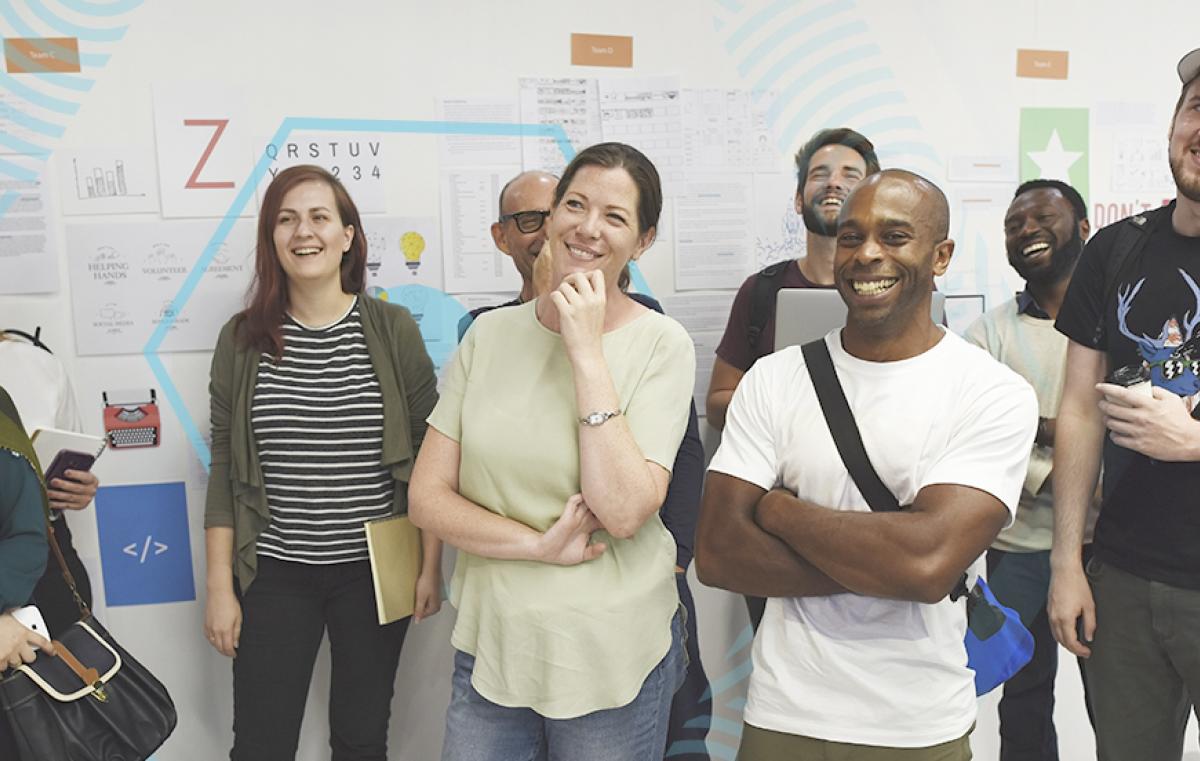World Day for Cultural Diversity for Dialogue and Development
To mark World Day for Cultural Diversity, on May 21, Dr. Michal Schuster, of BIU’s Department of Translation and Interpreting Studies, explains cultural competence and how to develop it on the personal and organizational levels

A Muslim woman, an ultra-Orthodox Jewish man, and an elderly Ethiopian-Israeli are sitting in the waiting room. The service provider needs to respectfully and effectively serve the three of them, taking into account their individual identities. Sounds challenging? Today, among organizations in Israel and around the globe, there is growing awareness of the importance of cultural competence – the ability to work with people from different cultural backgrounds. Now, more than ever, during this period of heightened social tension in Israel, these tools are even more critical.
In the past, the term “culture” was associated with identity components such as language, ethnic origin or religion; today’s understanding is that culture is a collection of many components of identity, including gender, age, socio-economic standing, and more. The first step on the path to cultural competence is the ability to look closely at those around us, to be able to identify and be sensitive to cultural inequality, especially if our job is to provide service, manage, teach or care for people. Cultural gaps exist, for example, between a lecturer and students, since they belong to different generations; between a doctor and a patient, based on gender; between a manager and employees, because of status. Recognizing gaps is the key to more effective communication and a more successful encounter.
A culturally competent organization implements tools for adapting service and environment. One of the familiar mediums is translation (written and oral). In Israel, it generally refers to translating into Arabic and English, and often also into Amharic and Russian, and in some places, into the languages of migrant workers and sign language. However, language is just the tip of the iceberg of cultural identity, meaning that translation and signage will not always suffice. The adjustment may be physical and include components like multilingual signs, a kosher kitchenette or a breastfeeding corner, or organizational practices of distributing gifts to Muslim employees during Ramadan rather than Rosh Hashana, or planning staff events according to the preferences and limitations of the employees. But no less important are adjustments in interpersonal conduct: not everyone prefers a direct form of speech, and not every woman feels comfortable remaining alone with a man in the same room.
While cultural competence is important, it cannot come at the expense of other people or one’s professional commitment. For example, there is no reason to allow a client to switch to another social worker just because he does not want an Arab to give him a service, and a doctor does not have to ask the husband’s permission to examine a woman. Not always are there clear-cut solutions, and sometimes what matters is awareness, not just the result. Therefore, it can be said that cultural competence is not a final destination, but rather an ongoing mission of heightening awareness and adaptability.